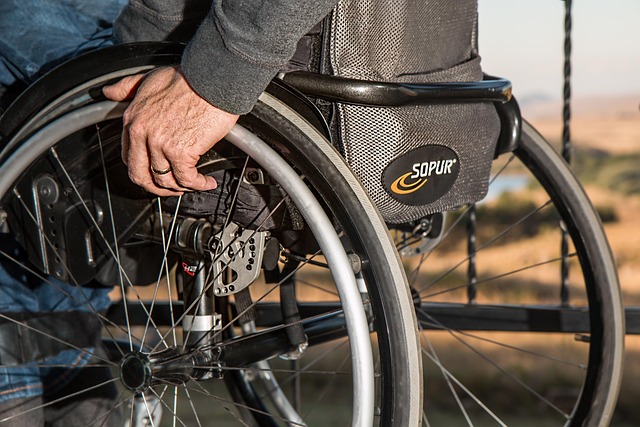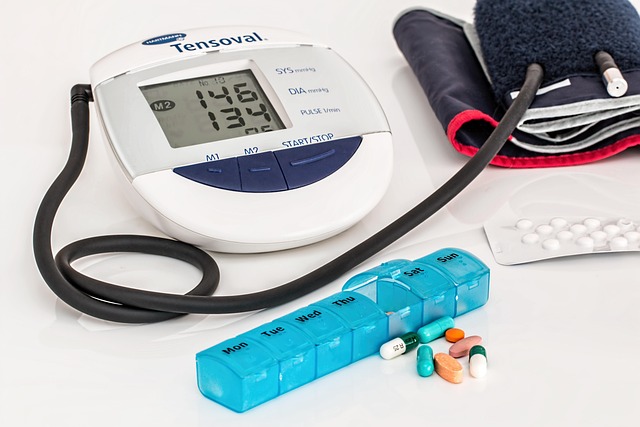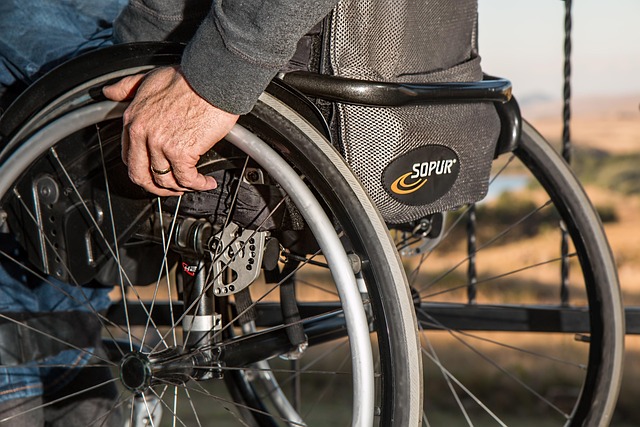Revolutionizing Sensors: Technological Innovations in Health Rehabilitation
As we witness rapid advancements in technology, the realm of health rehabilitation is undergoing a significant transformation. Among the many innovations, sensors play a pivotal role in enhancing the experience and effectiveness of follow-up rehabilitation. These technological marvels are changing the landscape of how patients and healthcare providers approach recovery, making it more interactive and tailored to individual needs.
Technological Innovations in Rehabilitation
The integration of sensors into rehabilitation programs has paved the way for a new era in patient care. Smart sensors can collect real-time data on a patient’s movements, exertion levels, and compliance with prescribed exercises. This constant flow of information allows healthcare providers to customize rehabilitation plans, ensuring that each patient’s unique needs are met. The data collected can be analyzed to identify patterns, enabling therapists to adjust treatments promptly and effectively.
Moreover, innovations such as wearable technology have introduced a level of portability and accessibility previously unseen in rehabilitation. Patients can wear devices that track their progress outside of clinical settings, promoting a sense of autonomy and encouraging active participation in their healing journey. This technology transforms the concept of traditional follow-up rehabilitation into a continuous, real-time, and engaging experience.
Health Innovations that Empower Patients
Health innovations are not limited to cold, hard data; they evoke a sense of empowerment and connection. Imagine a scenario where a patient, recovering from surgery, receives feedback via a smartphone app that monitors their progress following each home exercise session. This immediate feedback not only motivates patients but also fosters a deeper understanding of their rehabilitation journey. The integration of gamification elements into rehabilitation programs has also proven effective, making exercises feel less like chores and more like enjoyable interactions.
Furthermore, remote monitoring capabilities mean that healthcare providers can maintain a close relationship with their patients, even from a distance. This connection helps to ease patient anxiety and enhances the feeling of support, vital for those who may feel isolated during their recovery. The ability to reach out to a therapist or receive motivational messages through a digital platform can lead to improved adherence to rehabilitation protocols and better long-term outcomes.
Future Possibilities in Health Rehabilitation
The future of health rehabilitation, driven by sensors and technological innovations, is promising. As the technology evolves, we can expect even more personalized and efficient rehabilitation solutions. Enhanced algorithms will likely allow for predictive analytics, enabling therapists to anticipate potential setbacks and provide proactive support.
Ultimately, the marriage of technology and health creates an environment where patients are not just passive recipients of care but active participants in their rehabilitation. As we embrace these innovations, it’s clear that the focus is shifting toward a holistic approach that emphasizes patient engagement, informed decision-making, and tailored follow-up rehabilitation strategies.




